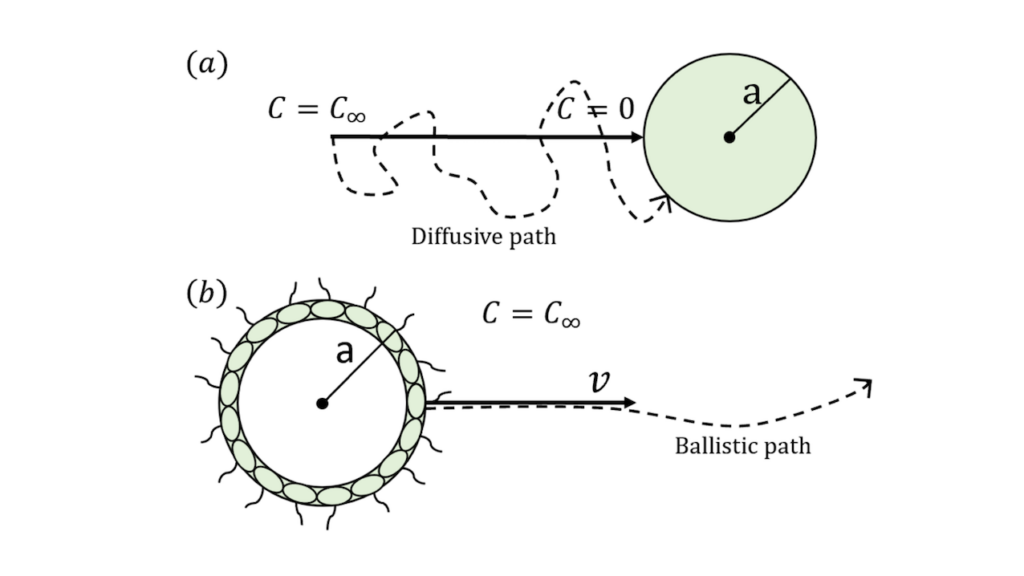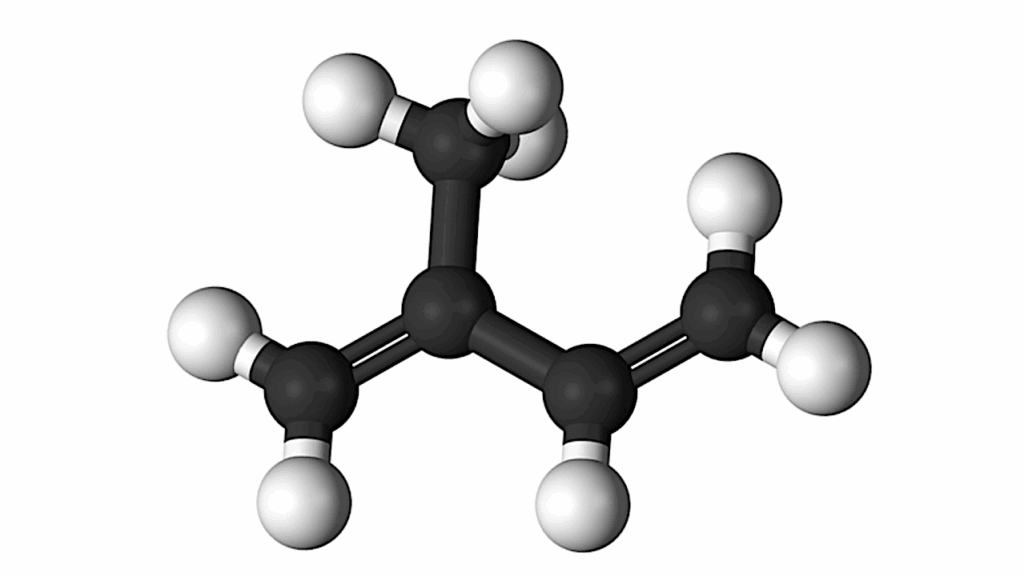Physical Constraints During Snowball Earth Drive The Evolution Of Multicellularity

Molecular and fossil evidence suggest that complex eukaryotic multicellularity evolved during the late Neoproterozoic era, coincident with Snowball Earth glaciations, where ice sheets covered most of the globe.
During this period, environmental conditions-such as sea water temperature and the availability of photosynthetically active light in the oceans-likely changed dramatically. Such changes would have had significant effects on both resource availability and optimal phenotypes.
Here, we construct and apply mechanistic models to explore (i) how environmental changes during Snowball Earth and biophysical constraints generated selective pressures and (ii) how these pressures may have had differential effects on organisms with different forms of biological organization.
By testing a series of alternate-and commonly debated-hypotheses, we demonstrate how multicellularity was likely acquired differently in eukaryotes and prokaryotes due to selective differences in the biophysical and metabolic regimes they experience: decreasing temperatures and resource-availability instigated by the onset of glaciations generated selective pressures towards smaller sizes in organisms in a diffusive regime and towards larger sizes in motile heterotrophs.
These results suggest that changing environmental conditions during Snowball Earth glaciations gave multicellular eukaryotes an evolutionary advantage, paving the way for the complex multicellular lineages that followed.

(a) Diagram of the non-motile diffusive cell. The spherical cell takes in all nutrients at the cell’s surface (C = 0), causing chemical resources (e.g. glucose) to diffuse toward the cell from far away (C = C∞). (b) Diagram of the motile choanoblastula. The organism is hollow with an outer radius a, and swims at a velocity v. The organism’s motility means it travels ballistically relative to its prey. Resource concentration is assumed to be constant (C = C∞). — biorxiv.org
https://www.biorxiv.org/content/10.1101/2023.12.07.570654v1
Astrobiology








